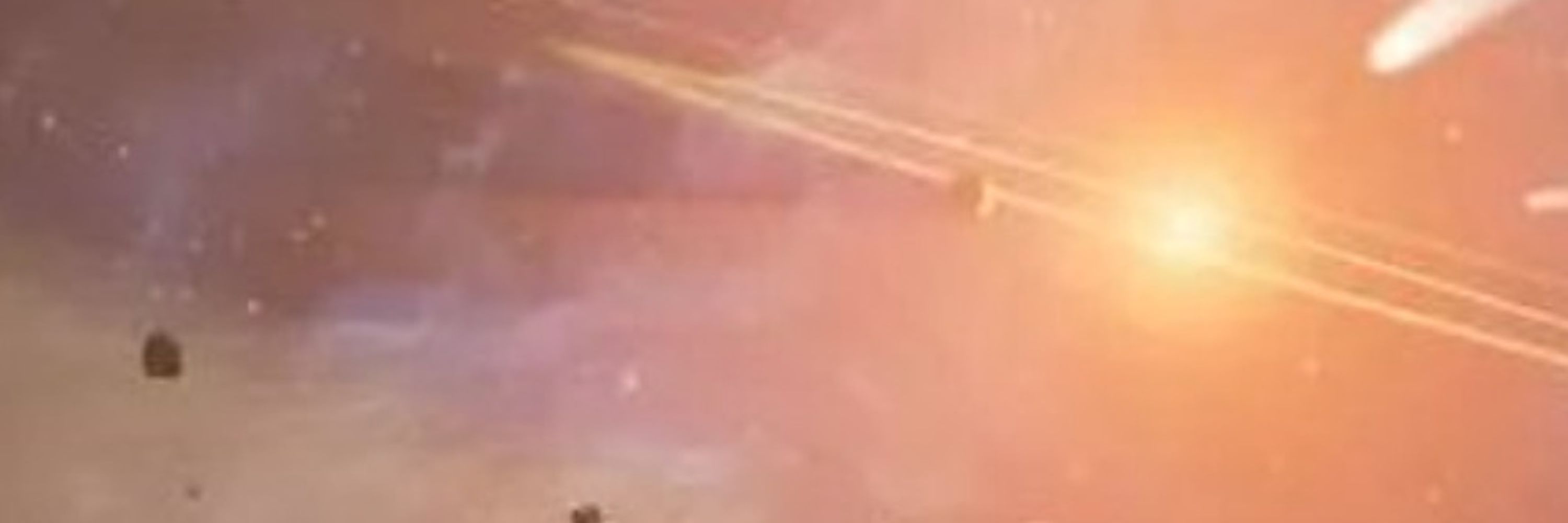

Happy 6,000 Confirmed Exoplanets Day, everybody!!!!
(You may recognize the narrator of the video at the link! 🫣)
www.nasa.gov/universe/exo...


Happy 6,000 Confirmed Exoplanets Day, everybody!!!!
(You may recognize the narrator of the video at the link! 🫣)
www.nasa.gov/universe/exo...
🚨 It's PAPER* DAY! Which means #scicomm thread!
🧵⬇️🔭🪐🧪
*pre-print!
arxiv.org/abs/2508.18964

🚨 It's PAPER* DAY! Which means #scicomm thread!
🧵⬇️🔭🪐🧪
*pre-print!
arxiv.org/abs/2508.18964
What appears to be a ripple in space is actually a newborn planet, eating its way through its dusty cradle around a younger version of our Sun 🌞
Read more: https://www.eso.org/public/images/potw2534a/
🔭 🧪 #exoplanets
📷 ESO/R. van Capelleveen et al.
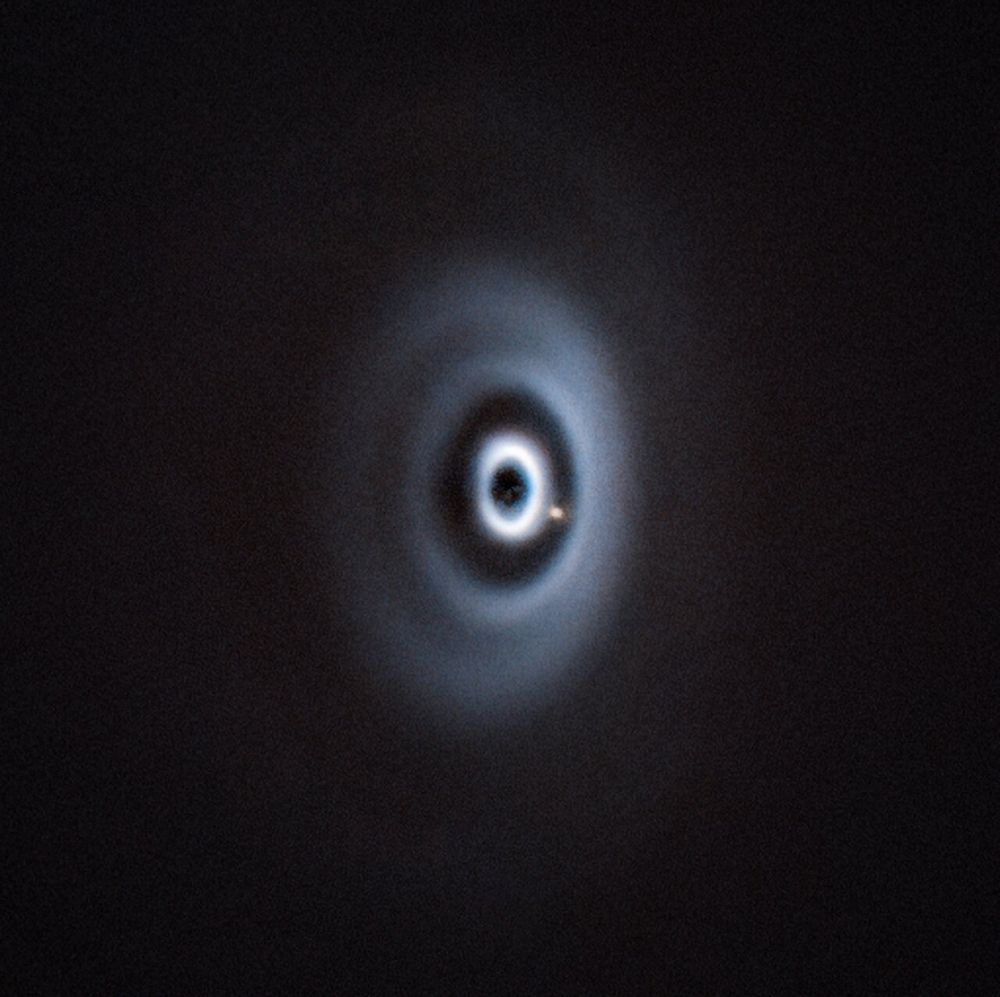
What appears to be a ripple in space is actually a newborn planet, eating its way through its dusty cradle around a younger version of our Sun 🌞
Read more: https://www.eso.org/public/images/potw2534a/
🔭 🧪 #exoplanets
📷 ESO/R. van Capelleveen et al.
Theory: the smallest stars won’t have enough disk material to make small planets so there must be a turnover.
Kepler+K2: We have found a turnover!
Check out our newest Scaling K2 paper: arxiv.org/abs/2508.05734
🧵 1/9
🔭🧪☄️

Theory: the smallest stars won’t have enough disk material to make small planets so there must be a turnover.
Kepler+K2: We have found a turnover!
Check out our newest Scaling K2 paper: arxiv.org/abs/2508.05734
🧵 1/9
🔭🧪☄️
Photographed by the Voyager 2 spacecraft on 25 August 1989.
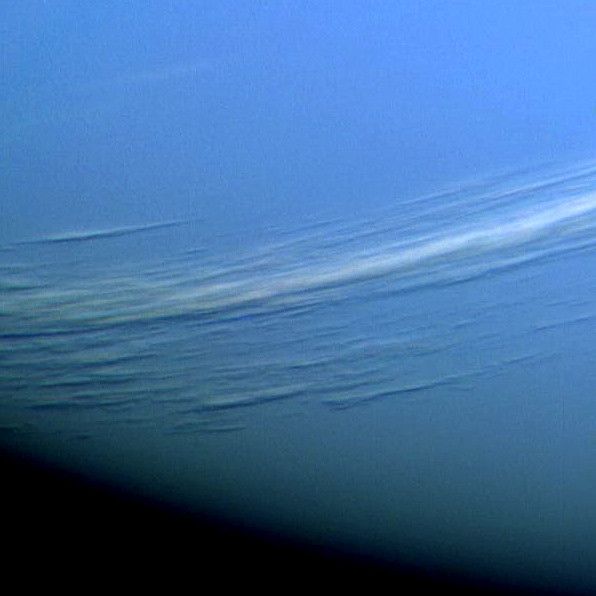
Photographed by the Voyager 2 spacecraft on 25 August 1989.
Quick summary of the key points:
Quick summary of the key points:
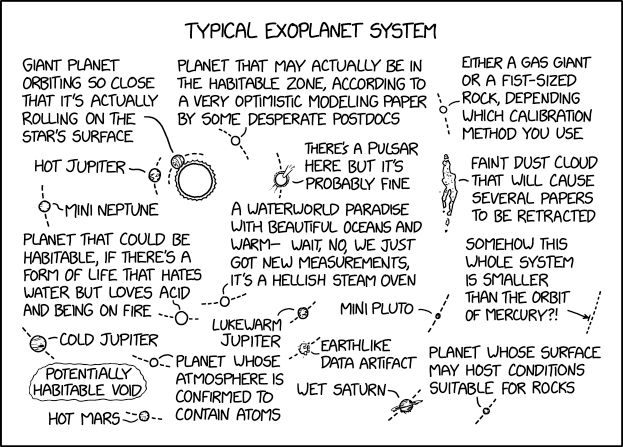
![Comic. [yellow sphere with icon that reads, CHECK ENGINE] [caption] This new sunspot cluster has raised concern among astronomers.](https://cdn.bsky.app/img/feed_thumbnail/plain/did:plc:cz73r7iyiqn26upot4jtjdhk/bafkreifixtbs6xmvshoacqnxeqg2q5zpa5z4r36dcj2tz4wssavmfogmhe@jpeg)
These are the most detailed images yet of new solar systems being born. 🧪🔭
public.nrao.edu/news/exoalma/
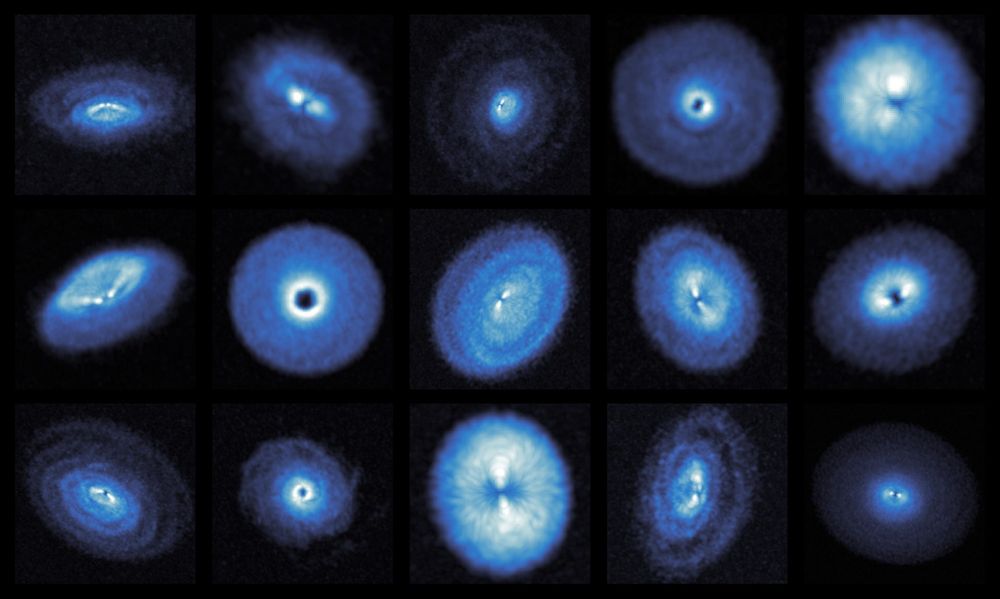
These are the most detailed images yet of new solar systems being born. 🧪🔭
public.nrao.edu/news/exoalma/
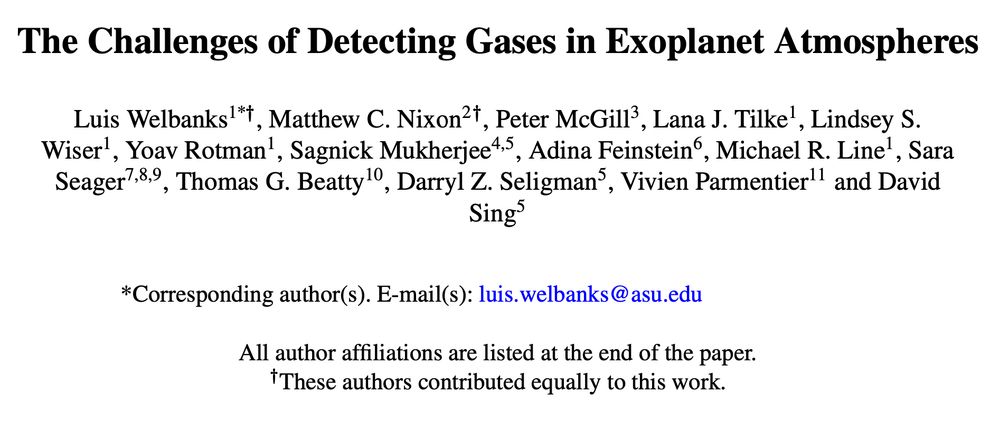
I created a series of infographics that aims to cover the key points of the research findings + some of the area where scientists are sceptical! 🧐
Meet K2-18b! 👋
#astronomy #exoplanet #scicomm
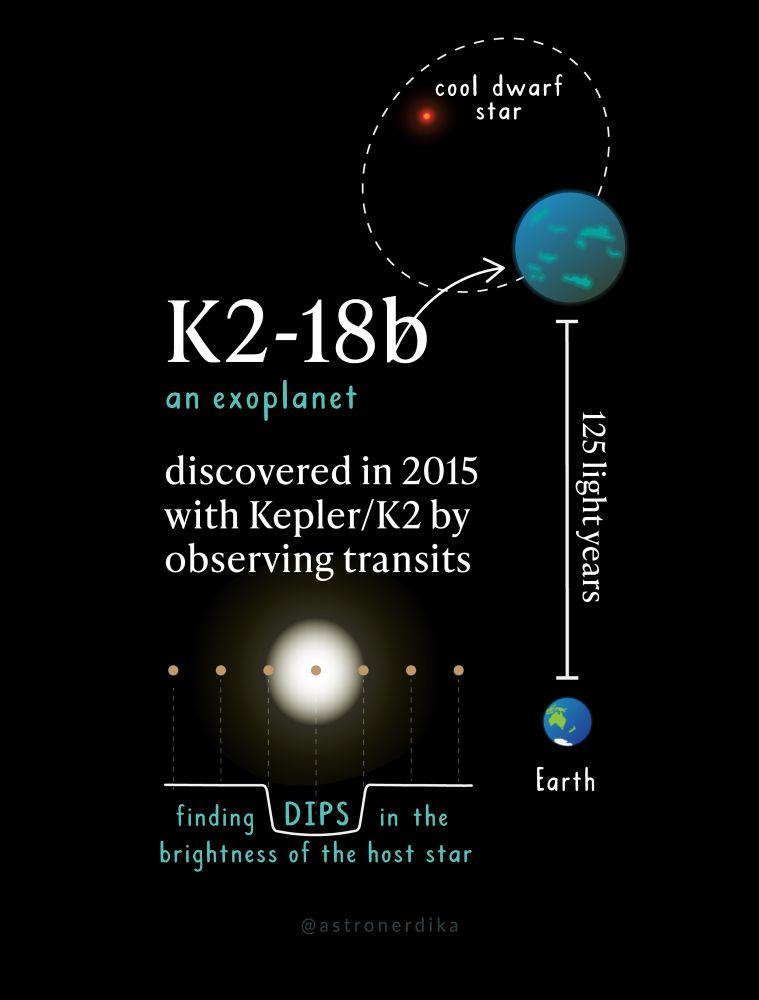
I created a series of infographics that aims to cover the key points of the research findings + some of the area where scientists are sceptical! 🧐
Meet K2-18b! 👋
#astronomy #exoplanet #scicomm
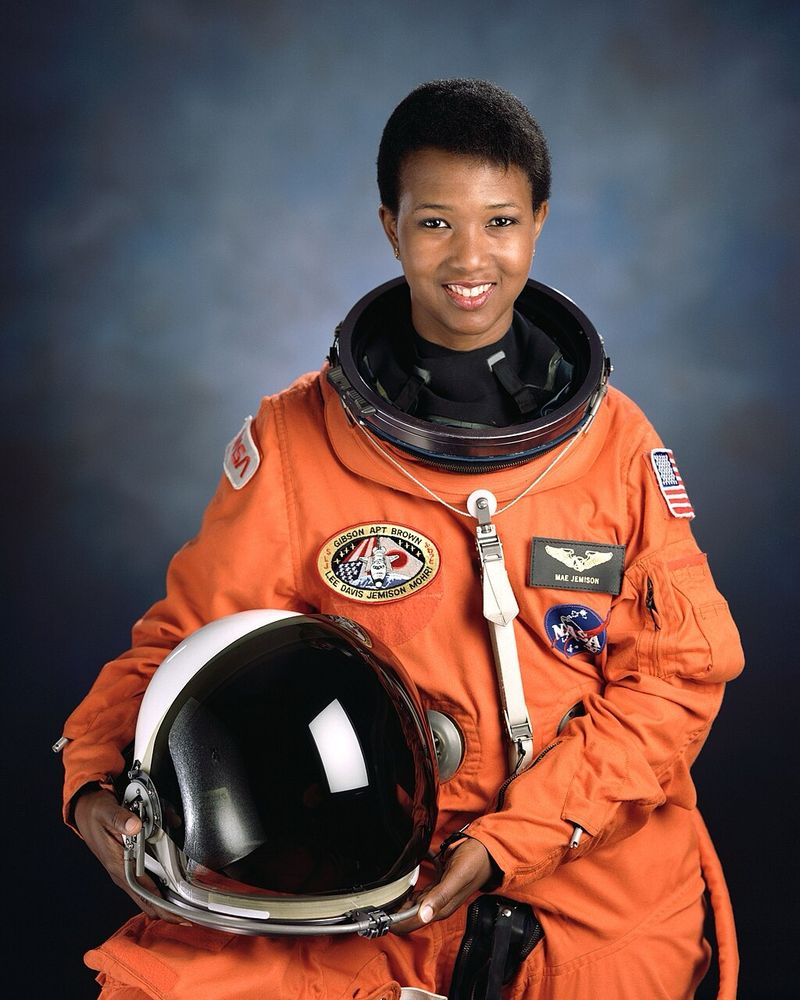
✨ Your star cluster is: Messier 2 ✨
It's so big and easy to see that it was discovered already in 1746. It's really old (12.5 billion years) and has tidal tails emanating from it that may be perturbed by the LMC iopscience.iop.org/article/10.3....
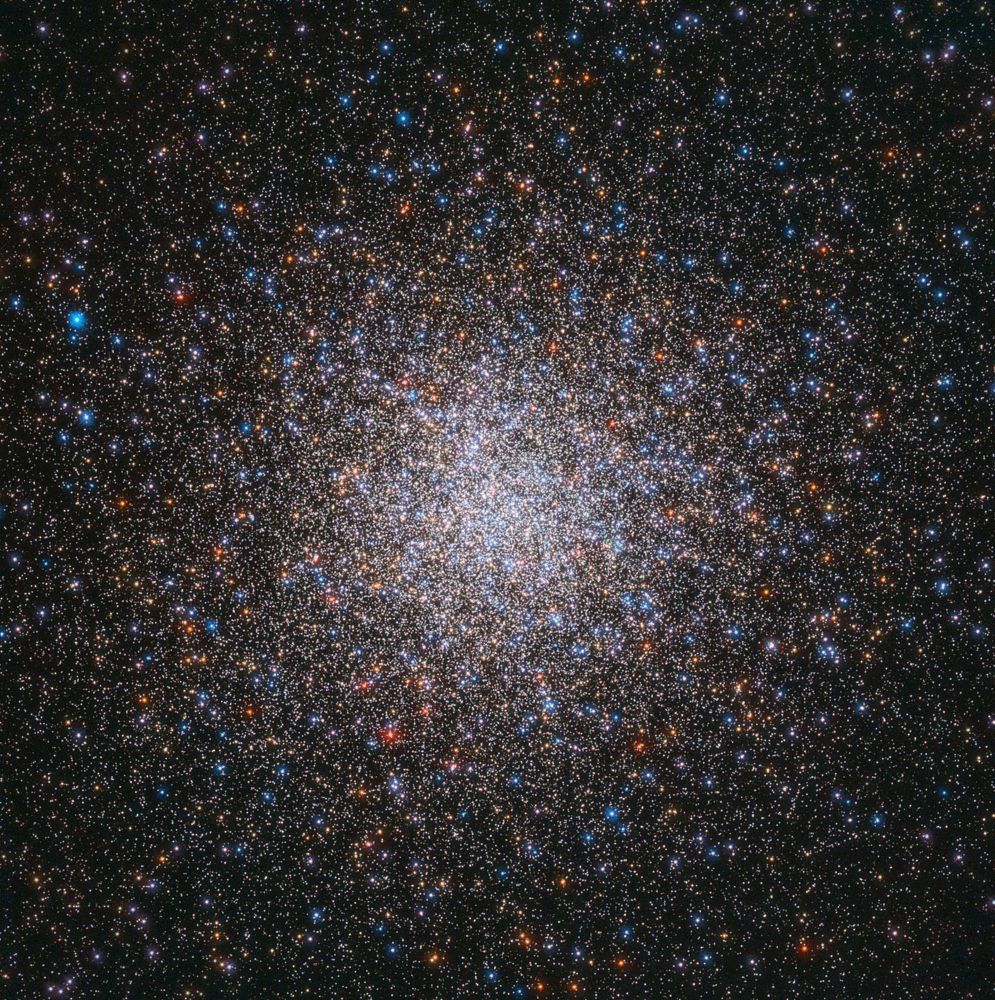
✨ Your star cluster is: Messier 2 ✨
It's so big and easy to see that it was discovered already in 1746. It's really old (12.5 billion years) and has tidal tails emanating from it that may be perturbed by the LMC iopscience.iop.org/article/10.3....
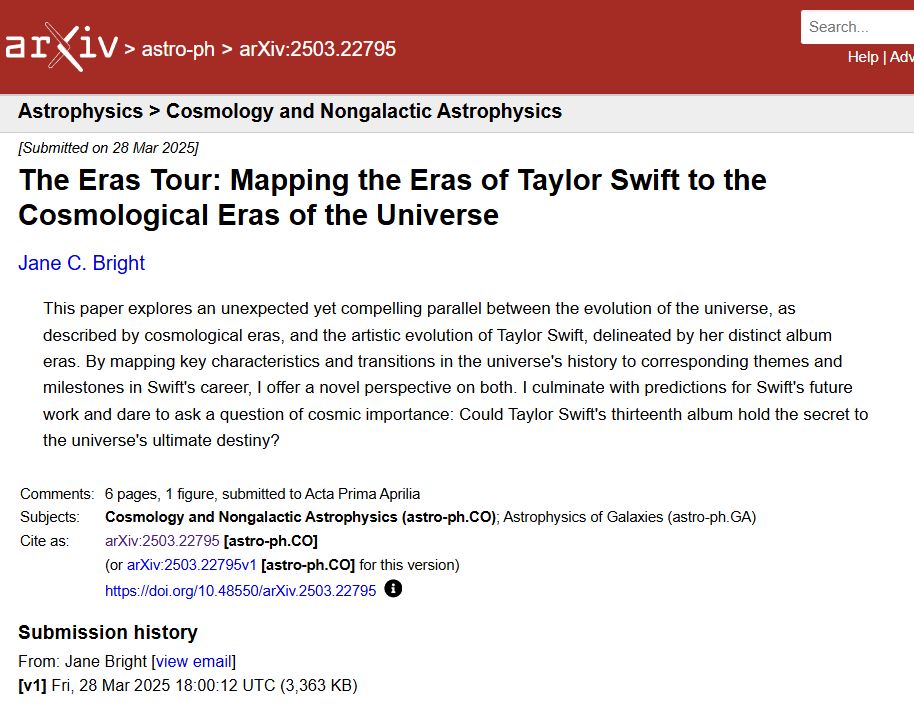

PhD-summer school at the Globe Institute, UCPH 18-22 August.
From interstellar dust to habitable planets and the conditions for life.
Interdisciplinary lectures with perspectives from astronomy, cosmochemistry, geology, and astrobiology.
For more see: www.dust2dna.dk
PhD-summer school at the Globe Institute, UCPH 18-22 August.
From interstellar dust to habitable planets and the conditions for life.
Interdisciplinary lectures with perspectives from astronomy, cosmochemistry, geology, and astrobiology.
For more see: www.dust2dna.dk
Here's a before / after of a random galaxy I found in one of the new images, comparing against the Digitized Sky Survey.
I highly recommend taking a look around on ESA Sky - it's fun! Link: sky.esa.int/esasky/?targ...


Here's a before / after of a random galaxy I found in one of the new images, comparing against the Digitized Sky Survey.
I highly recommend taking a look around on ESA Sky - it's fun! Link: sky.esa.int/esasky/?targ...
A six-minute ride into space revealed some secrets of planetary birth, showing how collisions trigger growth spurts in these baby planets.
🪨⏩🪐 From pebbles to planets: www.esa.int/ESA_Multimed...

A six-minute ride into space revealed some secrets of planetary birth, showing how collisions trigger growth spurts in these baby planets.
🪨⏩🪐 From pebbles to planets: www.esa.int/ESA_Multimed...
Some truly exhilarating #exoplanet programs will be carried out by JWST starting in July 2025.
Let's take a look at some highlights. 🛰️🔭🪐
THREAD (1/9)
Some truly exhilarating #exoplanet programs will be carried out by JWST starting in July 2025.
Let's take a look at some highlights. 🛰️🔭🪐
THREAD (1/9)
These are mostly tiny rocks, a few miles across, that orbit the planet backwards – but they might be evidence of a recent smashup in the planet's orbit.
Story by me in The New York Times
www.nytimes.com/2025/03/11/s...
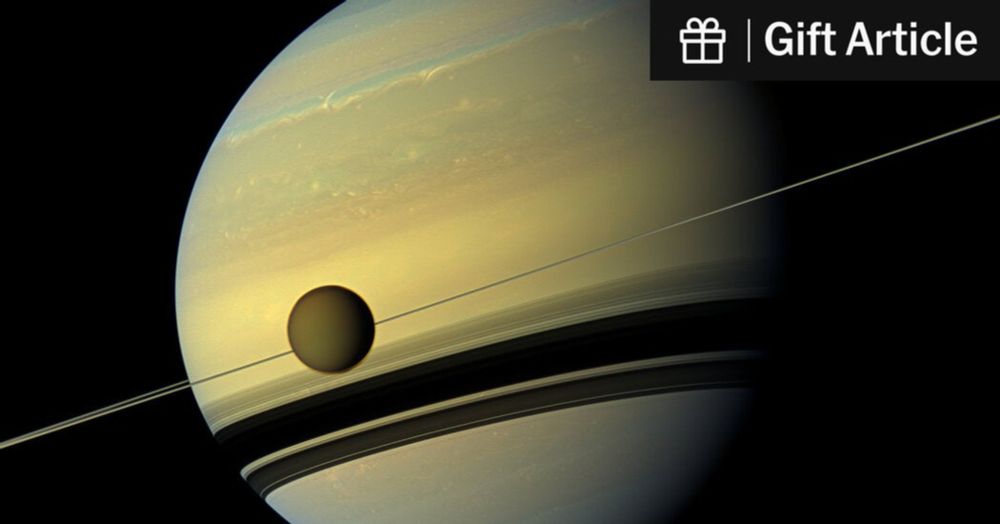
These are mostly tiny rocks, a few miles across, that orbit the planet backwards – but they might be evidence of a recent smashup in the planet's orbit.
Story by me in The New York Times
www.nytimes.com/2025/03/11/s...
A visual proof that the sum of the first n positive odd integers is n*n, attributed to Nicomachus of Gerasa (c. 100 CE) in Roger B. Nelson's book "Proof Without Words."
#MathArt

A visual proof that the sum of the first n positive odd integers is n*n, attributed to Nicomachus of Gerasa (c. 100 CE) in Roger B. Nelson's book "Proof Without Words."
#MathArt


